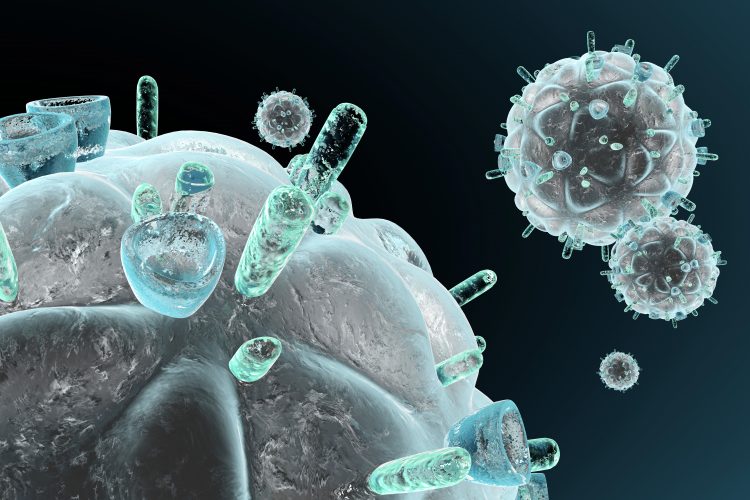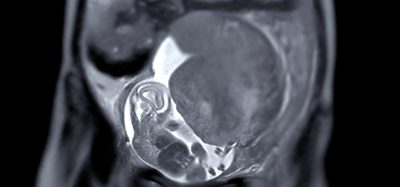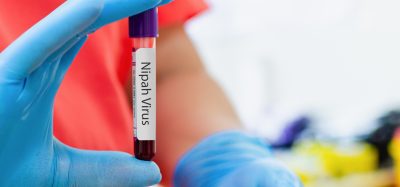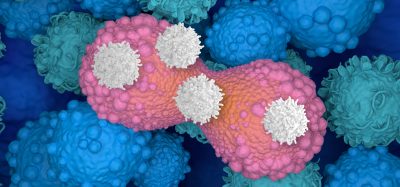How the HIV capsid has evolved into a molecular transporter
Posted: 25 January 2024 | Drug Target Review | No comments yet
The discovery that HIV capsids are importin-like transporters could be exploited for improved AIDS therapies.


Researchers from the Max Planck Institute and the Massachuseetts Institute of Technology (MIT) have discovered how the capsid of the human immunodeficiency virus (HIV) has evolved into a molecular transporter. It directly breaches an essential barrier which typically protects the cell nucleus against viruses and keeps its genome undetected by anti-viral sensors in the cytoplasm.
Each year, around one million individuals worldwide become infected with HIV, the virus that causes AIDS. Although there are therapies that effectively control the pathogen, there is no cure. To multiply and replicate, HIV infects certain immune cells and hijacks their genetic programme. These infected cells produce the next generation of viruses until they are destroyed. The huge loss of immune cells that normally fight viruses and other pathogens causes the immunodeficiency symptoms of AIDS.
FG phase
HIV integrates itself into a chromosome by entering the cell nucleus. Usually, the nuclear envelope stops undesired or harmful molecules from entering the nucleus, although selected proteins can pass as the barrier is not hermetically sealed. A passageway is provided by thousands of nuclear pores in the nuclear envelope. The pores control transport processes with the help of molecular transporters: importins and exportins.
FG phase, a jelly-like material which is impenetrable for most macromolecules, blocks the nuclear pore channel. However, importins and exportins are able to pass through because their surfaces are optimised for sliding through it.
The cell’s border control in the FG phase happens within milliseconds. Its transport capacity is also enormous, as a single nuclear pore can transfer up to 1,000 transporters per second through its channel. The barrier of nuclear pores remains intact despite such a high traffic density and maintains the suppression of unwanted border crossings. HIV, however, subverts this control.
Central pore channel
Dr Thomas Schwart, MIT, one of the team leaders, detailed: “HIV packages its genome into a capsid. Recent evidence suggests that the genome stays inside the capsid until it reaches the nucleus, and thus also when passing the nuclear pore. But there is a size problem.”
The central pore channel is 40 to 60 nanometres wide, and the capsid is about 60 nanometres wide, so could just fit through the pore. However, a normal cellular cargo would still be covered by a transporter layer that adds at least another ten nanometres. Therefore, the HIV capsid would be too large, measuring at 70 nanometres wide.
Dr Dirk Görlich, from the Max Planck Institute, added: “Nevertheless, cryo-electron tomography has shown that the HIV capsid gets into the nuclear pore. But how this happens has been so far a mystery in HIV infection.”
Dr Görlich and Dr Schwartz, have now discovered that the virus overcomes its size problem by a sophisticated molecular adaptation. Dr Görlich explained: “The HIV capsid has evolved into a transporter with an importin-like surface. This way, it can slide through the FG phase of the nuclear pore. The HIV capsid can thus enter the nuclear pore without helping transporters and bypass the protective mechanism that otherwise prevents viruses from invading the cell nucleus.”
Dr Görlich’s team successfully reproduced FG phases in the laboratory. First author Dr Liran Fu said: “Under the microscope, FG phases appear as micrometre-sized spheres that completely exclude normal proteins, but virtually suck up the HIV capsid with its enclosed contents…Similarly, the capsid is sucked up into the nuclear pore channel. This happens even after all cellular transporters have been removed.”
The HIV capsid differs fundamentally from previously studied transporters that pass nuclear pores. It encapsulates its cargo completely and conceals its genomic payload from anti-viral sensors in the cytoplasm. “This makes it another class of molecular transporters alongside importins and exportins,” Dr Görlich stated.
Although it is still unknown how and where the capsid disintegrates to release its contents, the observation that the capsid is an importin-like transporter could be exploited for improved AIDS therapies in the future.
This study was published in Nature.
Related topics
Virology
Related organisations
Massachuseetts Institute of Technology (MIT), Max Planck Institute
Related people
Dr Dirk Görlich (Max Planck Institute), Dr Thomas Schwart (MIT)







